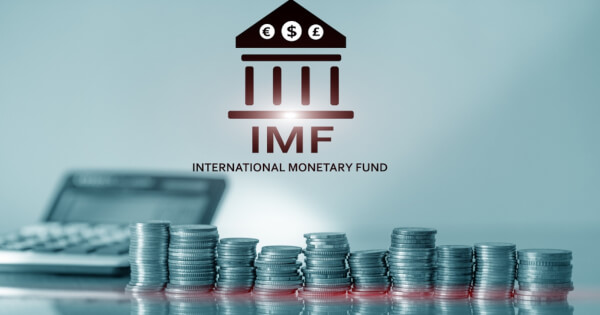According to the International Monetary Fund (IMF) report, as of July 2022, nearly 100 central bank digital currencies (CBDCs) are in the research or development stage around the world.

The International Monetary Fund (IMF) is headquartered in Washington D.C., consisting of 190 countries that aim to foster global monetary cooperation. The IMF was formed in 1944 at the Bretton Woods Conference.
At present, two CBDCs are fully launched, namely, the Nigerian eNaira launched in October 2021 and the Bahamas Sand Dollar launched in October 2020.
CBDC stands for Central Bank Digital Currency and represents the digital form of a nation’s fiat money (currency backed by trust or faith in the regulating government). As such, it is controlled directly by the country’s central bank and is backed by national credit and government power.
Many dignitaries, including IMF Vice President Zhang Tao, believe that CBDC is an efficient payment system that will drive financial inclusion for those excluded from the ecosystem for a variety of reasons
There are still 1.7 billion unbanked people in the world.
Serving the unbanked and underbanked population is the main driver behind the Caribbean nation of the Bahamas’ plan to issue a digital version of its national currency, the Sand Dollar, by October 2020.
The IMF stated that CBDC can create greater flexibility for domestic payment systems, promote competition, facilitate access to funds, improve payment efficiency, and thereby reduce transaction costs. CBDCs can also increase the transparency of money flows.
The IMF pointed out that central banks need to assess risks before issuing CBDC, and at the same time strengthen the ability of cyber-attack risks, so as to protect the property security and privacy security of people in their own countries.
Image source: Shutterstock
Source: https://blockchain.news/news/nearly-100-countries-are-developing-their-cbdc-by-july:imf
